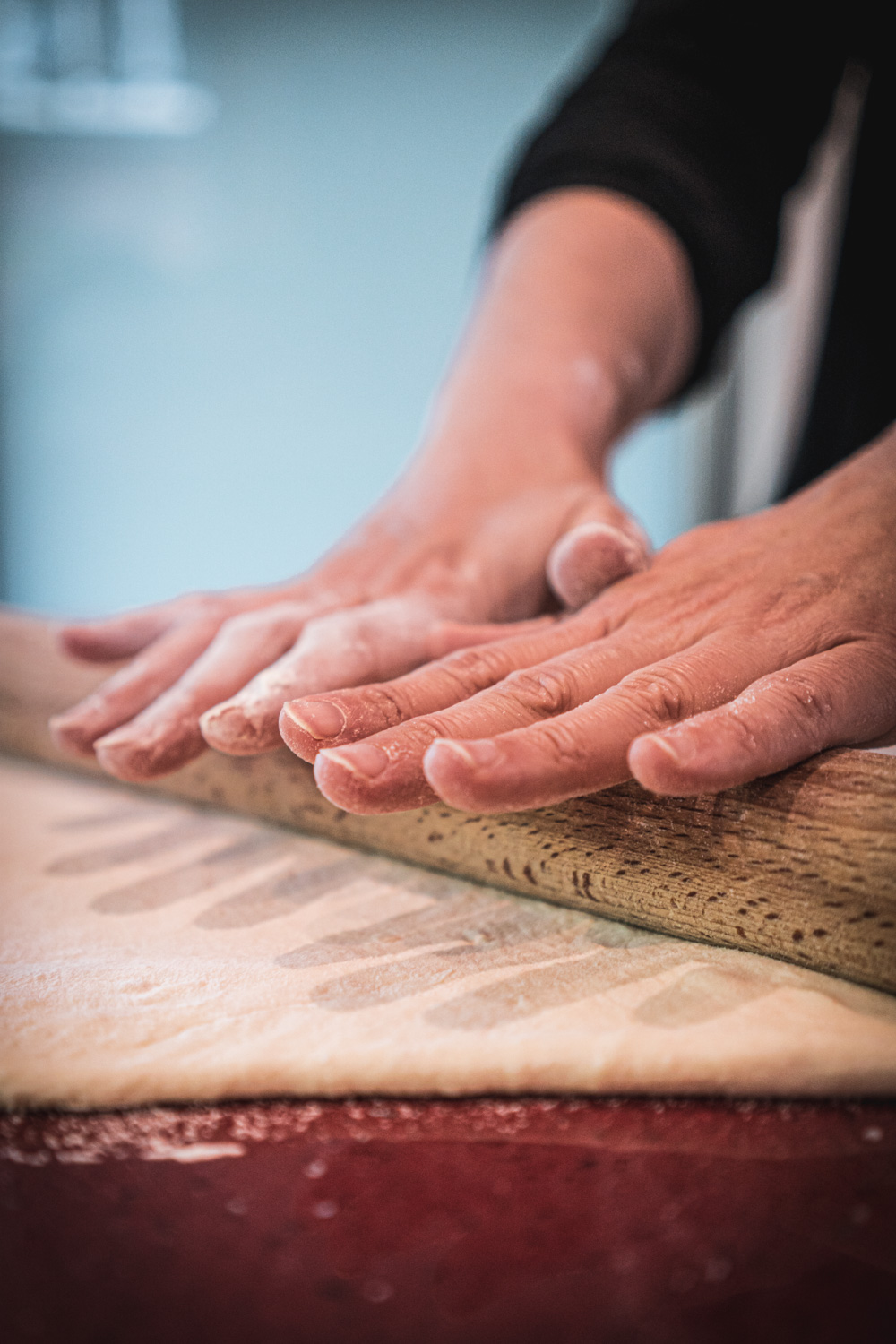How to prepare a Kenyan Swahili Dinner in less than an hour
For those who, like me, often miss the smell of frangipani filling the night air and the breeze of the Indian ocean caressing your shoulders, who dream of tropical lush gardens and candlelit dinners with the waves crushing on the coral creek below as ambience music, well for all of us I thought of making a short Swahili food series of recipes that will take you back there any time you want, without long haul flights and exhausting waiting periods till the next holiday.
Many cuisines have become very common around the world and can be enjoyed virtually anywhere, but African Cuisine has still to make it to the world stage and with the exception of probably Eritrean and Moroccan cuisines, it’s really hard to come across restaurants and cafés offering African dishes. Since they are relatively easy to make, why not cooking them at home?
Swahili food is typical of the East African coastal area, particularly of Kenya and Tanzania but the Swahili coast runs from southern Somalia to northern Mozambique, a unique cultural melting pot that has turned out a unique syncretic cuisine.
You have probably savoured its dishes in Mombasa or Zanzibar without really knowing you were tasting hundreds of years of cross cultural contamination turned into the heart and soul of the Swahili culture.
This area has been historically the gateway to Africa and for the same reason has seen several occupants in different times: Arab, Portuguese, Indians and British, they have all left their footprints in the land and the cuisine of the area, that has absorbed and synthetized all the different influences and turned them into something distinctive where a mild use of spices combined with coconut, ginger and lemongrass and other local ingredients achieves a fusion cuisine that speaks of many places without belonging to any of them and stating its strong and unique individuality.
Everything begins with a cup of sweet chai – cinnamon, ginger and cardamom spiked tea. Everything is accompanied by Ugali or chapatis. Everything tastes of a tropical heaven watered by the warm waters of the Indian Ocean. Exotic, fragrant, fresh. Enjoy!
Kuku Choma (grilled chicken)
Kenyan love meat and just adore chicken. If you visit, you will hear this word pretty frequently. “Kuku” is everyone’s favourite. The same recipe can be used also for other type of meat, the most common in Kenya would probably be goat meat but works well also with beef and pork. It’s perfect also for fish, however I wouldn’t use the herbs there.
If you love barbecue, this is a must try. Your guests will be pleasantly surprised by the subtlety of the flavours and totally amazed by the combination with kachumbari, a typical Kenyan tomatoes and onion salad that delivers so much more than you would expect. And both are super easy to make!
Ingredients:
A full chicken cut in pieces
Sunflower oil
Light soy sauce
Lemon juice (about 2 lemons)
Pepper
Salt (just carefully dose it because the soya sauce is already salty)
Chopped ginger (1 to 2 inches)
Chopped garlic (2 big cloves)
Chopped fresh rosemary/thyme
Procedure:
In a container, mix all the ingredients and marinate for at least a couple of hours. Better overnight.
Cook, possibly over a charcoal grill/open flame. If not possible, use the grill function in the oven. While cooking the meat, brush it now and then to make sure it doesn’t dry out.
Kachumbari
Well, there is not much to say about this salad except, try it! It’s wonderful and super healthy. If you haven’t noticed there is no oil added and it’s not because I forgot. The lime macerates the onions that lose all their strength and what you remain with is just the sweetest salad you will ever have. Honestly, after the Middle Eastern Fattoush salad, or at least my personal version of it, this is one of the best salads I have ever tasted. It goes well with grilled meat and Swahili or Indian bajias and it’s wonderful also as a dip for cassava crisps or nachos.
Ingredients:
4 Large tomatoes
2 medium onions
Big bunch of coriander
2 Lemons or more if not very juicy
Salt
2 Green chili pepper (optional)
Procedure:
Chop the tomatoes into small size pieces. Dice the onions and roughly chop the coriander. Finely chop the chilli peppers.
Place all the ingredients in a bowl and mix them. Add salt and the lemon juice into your kachumbari and mix again.
Leave to set for minimum 10 minutes (you can prepare this well before and just store it in the fridge, however I wouldn’t make it more than a couple of hours earlier since it can get a bit watery when left for too long).
Serve it with Kuku and Nyama Choma (grilled meat), fried fish and Ugali (a maize flour polenta that unfortunately it’s hard to find abroad), chapati, cassava chips...
Swahili Chapati
Swahili Chapati are the bread of East Africa. They basically go with anything, included tea in the morning. They are cooked in the streets and served in the restaurants and are a must in Kenyans lunchboxes.
Swahili Chapatis are pretty different from the Indian version that is most probably their ancestor because they use oil and margarine in the dough. This makes them softer, obviously delicious and a good calories intake to get you through your day.
As their Indian parent they are often used as forks to collect food from the plate in alternative to Ugali.
Ingredients:
3 cups all-purpose flour plus a little more for kneading
1 Teaspoon Salt
3 Tablespoons oil
2 Tablespoons margarine
1 cup of warm water
Procedure:
1. In a large bowl, combine flour, salt, oil, margarine and mix thoroughly. Add the warm water a little at a time to form a soft and slightly sticky dough.
2. On a floured surface, knead for a couple minutes until it becomes smooth and elastic. Place in a bowl. Cover and let it rest in a warm place for about 10/15 minutes.
3. On a floured surface, using a rolling pin, roll your dough to form a round disc and spread a generous amount of margarine on it before cutting and dividing the dough into equal parts in length. After you have divided the dough lengthwise, halve the length of the stripes you have created.
4. Roll each piece into a coil, like you are making cinnamon rolls. Then pull the tip towards the centre of the coil and tuck in using your index finger.
5. Cover it up with a damp towel and leave it to rest for about 10.
6. Flour your work surface again and start rolling out each of the coiled dough to about 1/8th thickness (the dough will eventually shrink up to about 1-2/4 inch thickness).
7. Preheat a non-stick pan or a heavy bottom skillet. Place the chapati on inside the pan and leave it to cook for few seconds on medium heat before adding sunflower oil, letting it drip at the side of the pan with a spoon. Move the chapati around to brush the oil that you have added in the pan.
8. Once you begin to see bubbles rise on top of the chapati, flip it and repeat adding the oil.
9. Continue to flip over about one or two more times until you achieve your desired brownness. Serve hot or warm and enjoy with your favourite dish.
10. Keep them covered so they remain soft because they tend to dry up quickly and they should be soft and slightly moist. You can reheat them in the microwave when needed since they are really good if served warm.

































